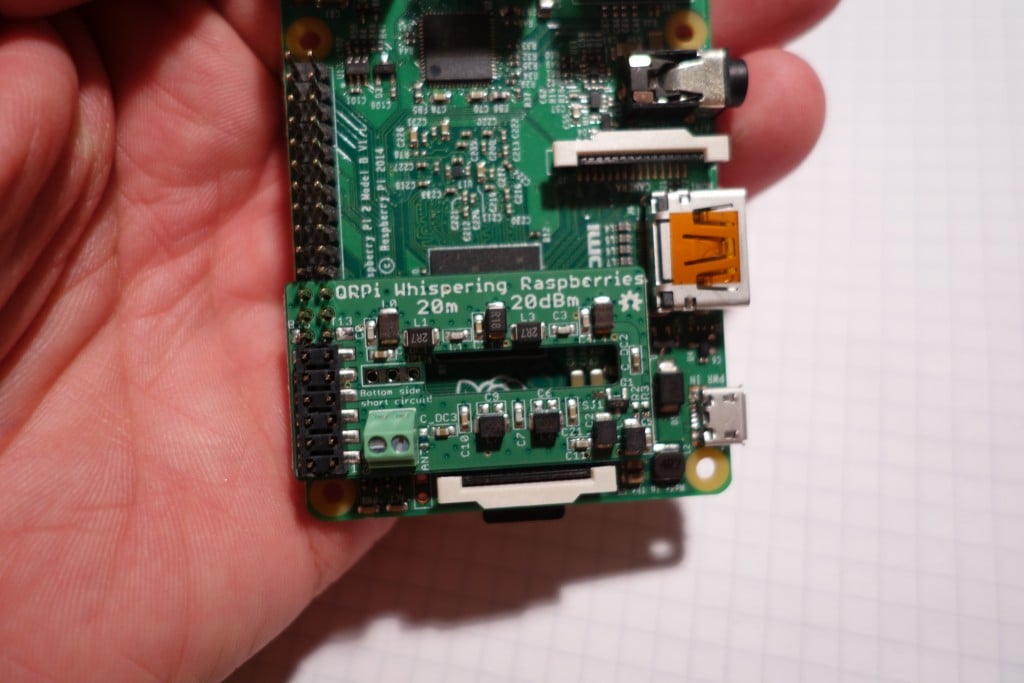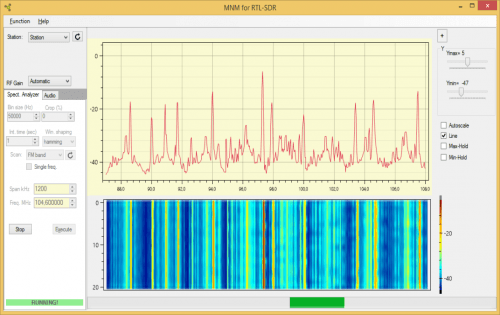Transmitting DATV with a just a Raspberry Pi
All the way back in April 2014 we first posted about how the Raspberry Pi was able to transmit FM by cleverly modulating one of it’s GPIO pins. Later in October 2015 F5OEO expanded this idea and created software that allowed the Raspberry Pi to transmit not only FM, but also AM, SSB, SSTV and FSQ. Soon after some filter shields such as the QRPi were released to try and cut down on the spurious emissions caused by transmitting using this method.
Now F5OEO has once again taken this method a step forward and has created software capable of allowing the Raspberry Pi to transmit Digital Amateur TV (DATV). The software is called Rpidatv, and can be downloaded from https://github.com/F5OEO/rpidatv. It can be run from the command line, or via a touch graphical interface if you have a touchscreen LCD screen. DATV is a DVB-S broadcast and can be decoded with an RTL-SDR by using the leandvb software which is bundled together with the Rapidatv software. Previously we’d posted about how the International Space Station intends to one day transmit DATV and that it can be decoded with an RTL-SDR.
F5OEO writes that the software is capable of generating a symbol rate from 64k symbols to 1M symbols, which is enough to transmit one video with good H264 encoded quality. He also writes that using a low symbol rate may be useful for long distance transmissions as the signal will take up a smaller bandwidth. For example a 250K symbol transmission would only need 300kHz of bandwidth. He writes that this type of transmission could easily be used in the ISM band to replace WiFi video for FPV, but that at the moment video latency is about 1 – 2 seconds and is still being improved.
Once again we remind you that if you intend to transmit using these methods where a GPIO pin is modulated, then you MUST use a bandpass filter at the frequency you are transmitting at, and that you must be licensed to transmit on those frequencies.






